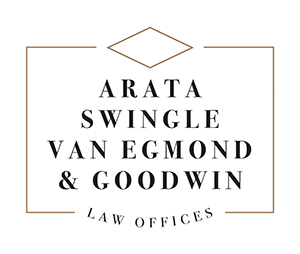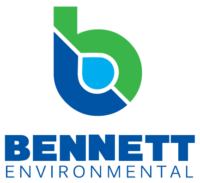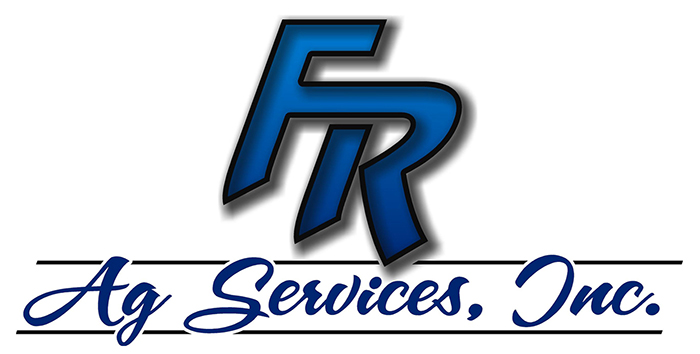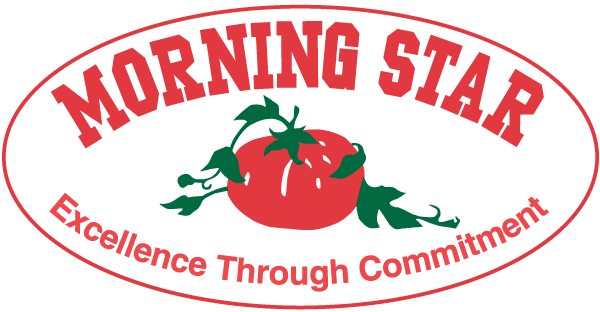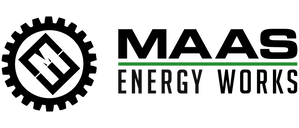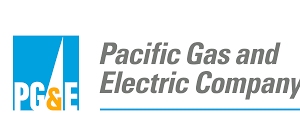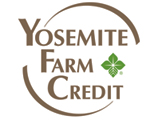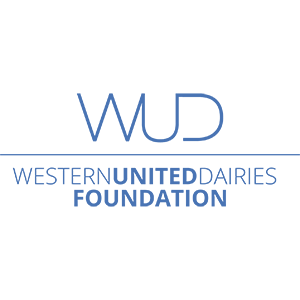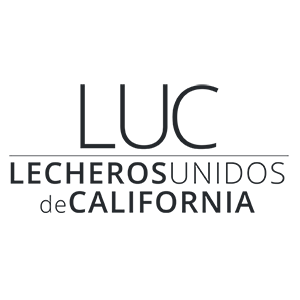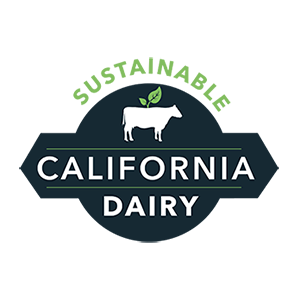By the WUD Field Team
The Producer Review Board (PRB) meeting took place on Monday, July 31st in Stanislaus County. The purpose of this meeting as advertised was for the PRB to provide input on the mandatory CDFA Marketing program 5-year survey that gauges the effectiveness of the quota known as the Quota Implementation Plan (QIP). All mandatory state checkoffs, not just dairy’s QIP, go through a 5-year survey for farmers to judge the program’s effectiveness. Since quota was moved from the Milk Pooling branch of CDFA following its shutdown during the industry’s transition under the FMMO, quota is now housed under CDFA’s Market Administration branch with all the other state-run checkoffs. While the survey was the advertised purpose of the meeting, other items of note were discussed vigorously -some more enthusiastically than others. To make for easy reading, we have divided the major takeaways of the meeting into Sections.
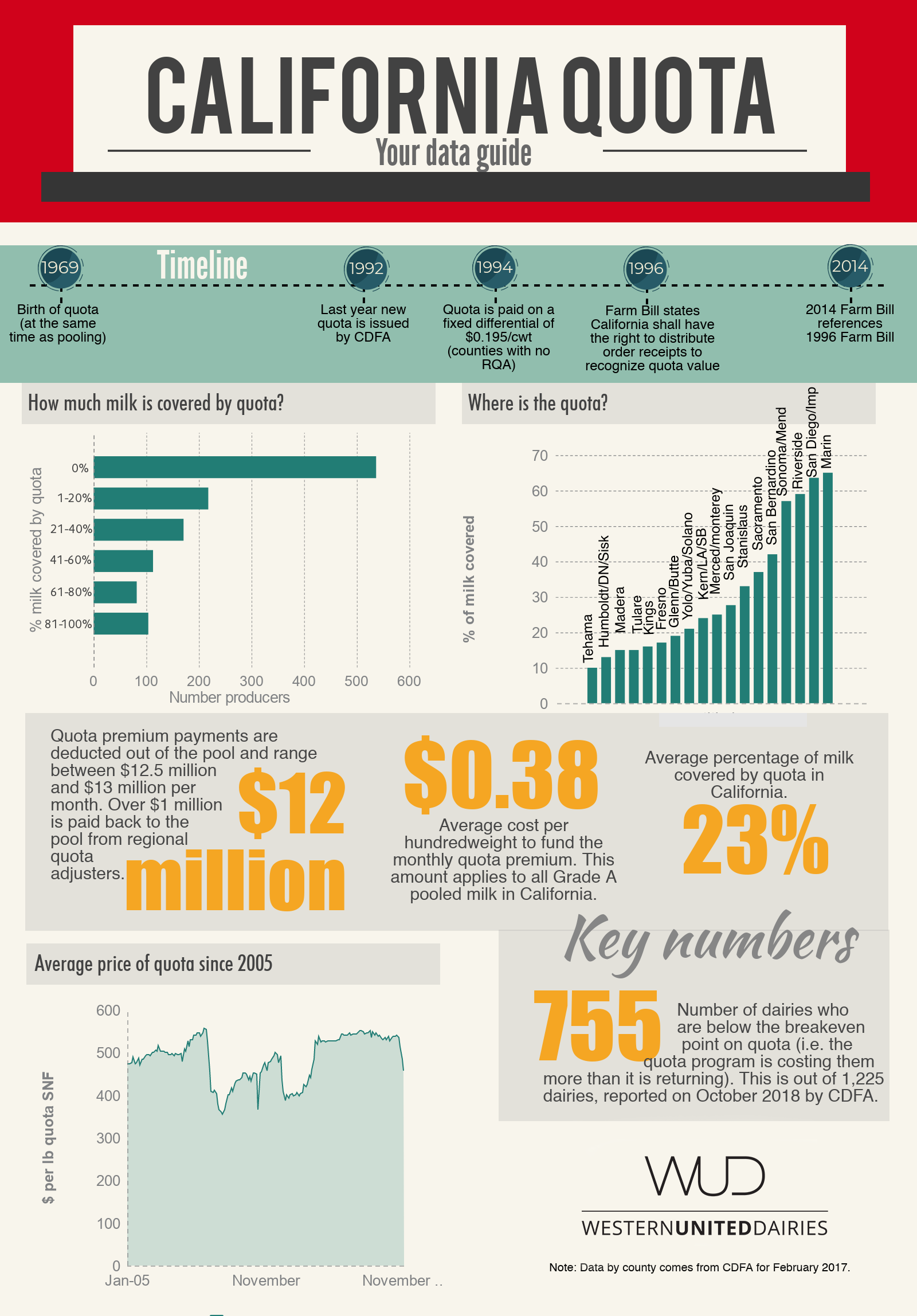
Mandatory 5-Year Survey on Quota’s Effectiveness
A rough draft of the first five-year survey being conducted by Research America, Inc. was presented, and feedback was received from the PRB. It was the opinion of some PRB members that the survey should generate feedback from dairy producers to determine whether they support the continuance of the QIP at all. [CDFA Questionnaire QIP Survey]
CDFA staff addressed those concerns by referencing the PRB minutes from September 12, 2017, which state, “A producer survey shall be conducted by an independent party selected by the Producer Review Board at least every five (5) years. The survey shall evaluate the effectiveness of the Plan. The results of the review will be provided to the PRB for its consideration and recommendation to the Secretary.”
An exhaustive discussion ensued regarding how the effectiveness of the plan should be gauged, with CDFA’s point of view ultimately prevailing.
PRB board members offered additional suggestions that would allow the dairy producers taking the survey to provide their perspective and opinions on the QIP. Research America Inc. has plans to send the survey out to dairy producers at the end of August 2023. They hope to receive farmer responses prior to November 1st, 2023, which is the anniversary of the QIP that began on November 1, 2018. This will signal the end of the five-year review period.
Quota Assessment Will Be Reduced by 6 Cents/CWT Immediately
Following an extensive revisit of the last several meeting minutes [pages 1-27 of CDFA’s Agenda], the PRB took up a recommendation to reduce the quota assessment by 6 cents per cwt. The assessment will go from $0.0391 per lbs of solids nonfat (roughly 34 cents per cwt) to $0.0330 per lbs of solids nonfat (roughly $0.2870 per cwt). This change is retroactive to July 1st, 2023.
QUOTA Administration Fee Suspended for 1 Year
The PRB passed a motion that would suspend the QIP Administrative Fee for one year. This was decided based on a large surplus of funds within the QIP fund. The carryover within the QIP fund balance is over $4 million as of June 30th, 2023. The Quota Administrative Fee brings in about $1.2 million each year. The biggest reason QIP fund’s balance has grown is because the actual expenditures related to administrating the program have been less than budgeted, adding to the surplus.
Petition to Terminate Quota Program Accepted by CDFA
CDFA confirmed to the PRB that they have received a valid petition from STOP QIP in June 2023 [see pages 29-32 of CDFA Agenda]. This petition seeks to place a referendum in front of all market milk dairy farmers with the goal of immediately terminating the QIP. CDFA notifying the PRB of a valid petition indicates that the Department has received at least 25 % of eligible market milk handler’s signatures -or at least enough to review the petition.
A 90-day process has now begun for CDFA to examine the signatures on the petition and determine if greater than 25% of eligible California producers have validly signed. If they are satisfied, then the petition will proceed and become a referendum. Three previous attempts at petitions to place a referendum on the industry have failed between 2020-2022. Although somewhat dated, WUD created the following charts to assist dairy farmers with a full understanding of what’s at stake during a referendum process.
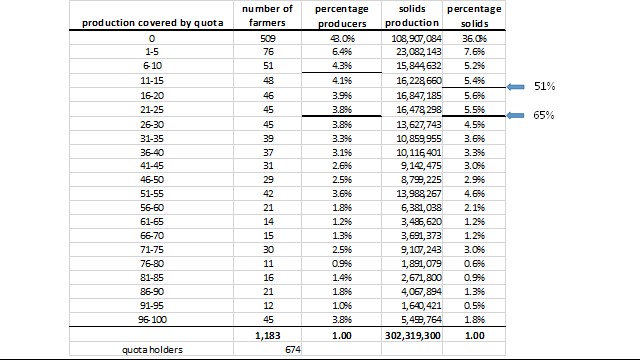
Please reach out to Anja Raudabaugh, CEO of WUD, if you have any questions: [email protected].

